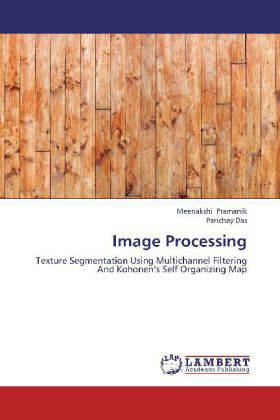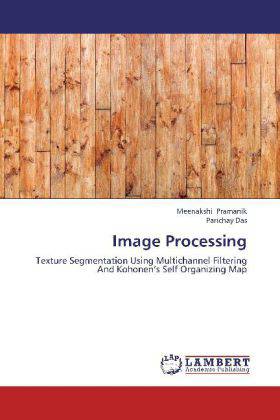
- Afhalen na 1 uur in een winkel met voorraad
- Gratis thuislevering in België vanaf € 30
- Ruim aanbod met 7 miljoen producten
- Afhalen na 1 uur in een winkel met voorraad
- Gratis thuislevering in België vanaf € 30
- Ruim aanbod met 7 miljoen producten
Zoeken
Omschrijving
The texture is very important cue in region based segmentation of images. Texture features play a very important role in computer vision and pattern recognition. Texture Applications include industrial inspection, estimation of object range and orientation, shape analysis, satellite imaging, and medical diagnosis. Texture segmentation can be broken down into two areas, feature extraction and clustering. In this book, we study two stage of feature extraction technique using multichannel filter and self-organizing map. Firstly we study channel filters, also known as 2-D Gabor functions. The texture features are extracted using a multichannel approach. The channels comprise of a set of Gabor filters having different sizes, orientations, and frequencies to constitute feature vector. This feature vectors are then given to Self Organizing map for feature reduction.It is shown that the disadvantage of using Gabor filters in texture analysis, namely, the higher dimensionality of the Gaboriau feature space, is overcome by the reduction in the dimensionality of the feature space achieved by SOM.
Specificaties
Betrokkenen
- Auteur(s):
- Uitgeverij:
Inhoud
- Aantal bladzijden:
- 72
- Taal:
- Engels
Eigenschappen
- Productcode (EAN):
- 9783659255144
- Uitvoering:
- Paperback
- Afmetingen:
- 150 mm x 220 mm

Alleen bij Standaard Boekhandel
+ 96 punten op je klantenkaart van Standaard Boekhandel
Beoordelingen
We publiceren alleen reviews die voldoen aan de voorwaarden voor reviews. Bekijk onze voorwaarden voor reviews.








